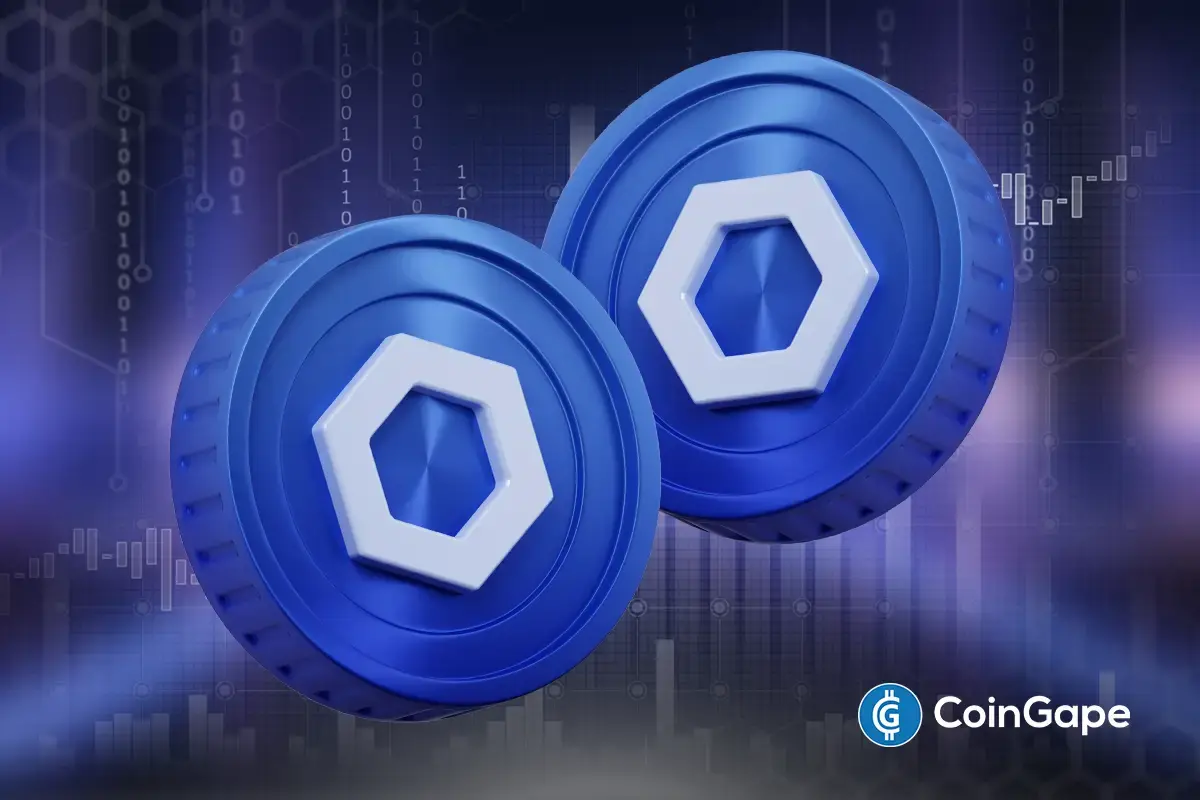Market
Peaq Token, GAIB Partnership, Roam Telecom Layer

Decentralized Physical Infrastructure Networks (DePin) are transforming the tech by enabling decentralized projects in real-world infrastructure.
Here’s the latest news in the DePin sector: Peaq announced a launch date for its new token and broader functionality for its “peaqosystem,” GAIB and io.net teamed up for outreach solutions in their shared GPU/AI compute sphere, and Roam is transforming into a DePin telecom layer.
Peaq Announces Blockchain and Token Launch Date
Peaq, the Layer-1 blockchain ecosystem for DePins, recently announced a widespread launch of their protocol and new PEAQ token. The firm has already been incorporating dozens of projects into the “peaqosystem”, and currently empowers 39 separate DePins. However, this broader launch on November 12 will enable several novel features and applications for all of them.
Read More: What is a Layer-1 Blockchain?

The PEAQ token will enable users to enjoy much more functionality on this platform. The company’s site claims this utility token can “enable people and machines to transact, help produce new blocks, take part in network governance, and guarantee machines’ trustworthiness.” In other words, it will power sophisticated new apps to supercharge blockchain functionality.
GAIB and io.net Partner Up
AI DePin firms GAIB and io.net have also joined forces to enhance access to GPU resources for AI development. GAIB announced a separate partnership with Aethir and GMI Cloud last week, aiming to reach a similar goal.
io.net, for its part, has recently been working to optimize AI model training. Together, they hope to increase AI accessibility dramatically.
“Working with io.net will allow us to further our mission of making AI compute accessible to literally everyone. We are excited to work hand in glove to push the boundaries of what’s possible,” said Kony Kwong, CEO of GAIB.
Specifically, the two firms mention outreach programs as much as technical solutions: marketing initiatives, community engagement, onboarding, etc. Tausif Ahmed, VP of Business Development at io.net, described this as “a natural evolution of our existing relationship with GAIB,” since they already share overlapping expertise with AI GPU research.
Read More: What Is DePIN (Decentralized Physical Infrastructure Networks)?
Roam, a DePin telecom company, announced via press release that it is “transforming from a standalone DePin project into a public platform.” Specifically, it plans to build physical Layer-1 infrastructure, connecting new devices and people for a coherent WiFi ecosystem. Its “Telecom Data Layer” program will consist of four core modules to revitalize their user experience.
The Roam Network aims to be global, open, and wireless. Through its core functions, it will give users incentives to validate nodes and attract developers to build new third-party apps.
In the main, ROAM will offer WiFi around the world through a radical blockchain-powered telecom structure. It also claims to be working on an eSIM card to enable access without a traditional card.
Disclaimer
In adherence to the Trust Project guidelines, BeInCrypto is committed to unbiased, transparent reporting. This news article aims to provide accurate, timely information. However, readers are advised to verify facts independently and consult with a professional before making any decisions based on this content. Please note that our Terms and Conditions, Privacy Policy, and Disclaimers have been updated.
Market
Coinbase Stock Plunges 30% in Worst Quarter Since FTX Collapse

Coinbase, the largest US crypto exchange, has recorded its worst quarter since the dramatic collapse of FTX in late 2022.
Coinbase’s stock (COIN) plummeted by 30% in Q1 2025, mirroring the steep losses seen across the broader crypto market.
Crypto Stocks and Assets Bleed Red in Q1
According to Bloomberg, the sharp decline has hit several other major crypto-related stocks as well. This includes Galaxy Digital, Riot Blockchain, and Core Scientific, all of which have experienced significant downturns.

Furthermore, the broader crypto market is facing tough times. Bitcoin, which has long been considered the bellwether of digital assets, has dropped by 10% this quarter. More dramatically, Ethereum (ETH) has seen a staggering 45% decline. These losses reflect a broader downturn in the crypto market, fueled by several macroeconomic factors.
Analysts point to the global uncertainty surrounding the US economy, including concerns over Trump’s tariffs and recession fears. This has resulted in a general “risk-off” mood among investors.
“In a risk-off mood, no asset is safe stocks, crypto, all get hit. It’s more about sentiment than fundamentals in those moments,” an investor commented on X.
While some point to these macroeconomic pressures as the primary cause, others argue that the market’s underperformance is more due to lingering fears of trade wars and broader geopolitical instability.
“Trump’s trade wars are driving markets into a panic. As much as he is doing for crypto, the macro market conditions are speaking louder – as bullish as the news is from the white house – His trash trade war is squelching any price surge,” another X user remarked.
Coinbase has been hit especially hard in this downturn. Coinbase’s revenue model is heavily reliant on altcoins and transaction volumes beyond Bitcoin. Hence, the overall market drop could have made a mark on the exchange’s stock prices. Moreover, the news comes as Coinbase users have collectively lost more than $46 million to scams in March.
While crypto has been in a freefall, other assets have fared much better. Gold, for example, has surged, posting its best quarter since 1986 as investors flock to safer assets amid the market turmoil. The shift toward traditional assets is particularly noticeable as the post-election crypto hype, which briefly boosted Bitcoin’s value to $109,000, begins to fade.
Despite the overall market challenges, some crypto-related firms have shown resilience. MicroStrategy, led by CEO Michael Saylor, remains in the green year-to-date, bolstered by its substantial Bitcoin holdings.
For now, the crypto market is left to weather the storm, with analysts continuing to scrutinize the interplay of macroeconomic factors and its impact on digital assets.
Disclaimer
In adherence to the Trust Project guidelines, BeInCrypto is committed to unbiased, transparent reporting. This news article aims to provide accurate, timely information. However, readers are advised to verify facts independently and consult with a professional before making any decisions based on this content. Please note that our Terms and Conditions, Privacy Policy, and Disclaimers have been updated.
Market
Fake Gemini Bankruptcy Emails Target Users

Crypto scams are surging as more people flock to digital currencies, with fraudsters exploiting the industry’s rapid growth to deceive investors.
Recently, numerous crypto users reported receiving fraudulent emails claiming that the Gemini exchange had filed for bankruptcy. Meanwhile, Coinbase Exchange has admitted that an employee illegally accessed user account information.
Gemini Exchange Addresses Bankruptcy Allegations
Multiple accounts highlighted the scam on social media, indicating that an email circulating falsely claims that Gemini has filed for bankruptcy. The email instructed users to withdraw to an Exodus wallet and provided a seed phrase.
These phishing emails, shared on April 1, urged recipients to withdraw their funds into a specified crypto wallet to protect their assets. This was an attempt to deceive users into transferring their cryptocurrencies to wallets controlled by scammers.
“Do not follow these directions. Please retweet to protect those that may have been doxxed and sent this email,” wrote Jason Williams, a contributor to Fox Business.

The deceptive emails alleged a substantial loss of $1.2 billion by Gemini Exchange. Understandably, some novice investors would heed this email and even move their assets to the address. After all, some victims of FTX Exchange contagion continue to pursue their funds even years after the incident.
“I got one also. It is better than your typical ‘Coin Base’ one, but still not quite there. Might fool a boomer though,” one X user remarked.
However, security experts advise users to always verify information through official channels, avoid clicking on unsolicited links, and refrain from sharing personal data. Gemini issued an official warning in response to the scam, acknowledging the threat against its users.
“We recently learned that some Gemini customers are being targeted with scam emails requesting users to transfer their crypto to outside wallets. Please be aware that Gemini will never request that you send crypto to outside wallets,” the exchange articulated.
Coinbase Admits Employee Illegally Accessed User Account Data
Coinbase exchange acknowledged a privacy violation by one of its staff in a somewhat related development. Specifically, a customer service employee accessed user account information without authorization.
This breach has raised concerns about potential scams targeting Coinbase users. Mike Dudas, a crypto investor and co-founder at The Block, shared an email from Coinbase acknowledging the incident.
“That explains the fake Coinbase phishing emails and phone calls today,” he stated.
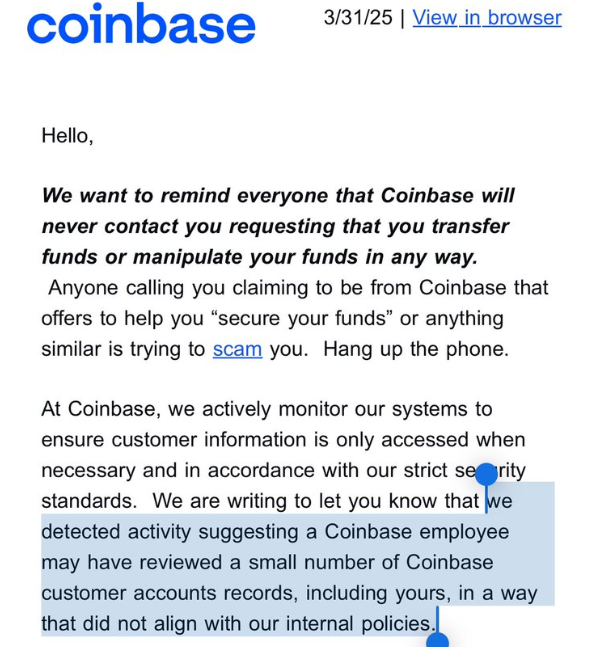
This breach coincides with reports of phishing attempts, as users have received fake emails and calls purporting to be from Coinbase. These incidents reflect a broader wave of crypto-related fraud.
Blockchain investigator ZachXBT reported that Coinbase users lost over $65 million to social engineering scams between December 2024 and January 2025.
“Coinbase did not detect it; I sent them the intel,” the blockchain investigated noted.
Additionally, crypto analyst Cobie suggested Kraken might be experiencing a similar issue. Per his post, a new attack may be budding, where attackers infiltrate customer service roles to exfiltrate data.
“Kraken also recently hit with this too. Maybe a new scheme from attackers (get a CS agent employee in, exfil data),” the analyst remarked.
Amidst these events, ZachXBT recently explained how to avoid crypto scams. He emphasizes the importance of conducting thorough research before engaging with new DeFi protocols, especially those forked from existing projects on newly launched EVM chains.
Additionally, he advises caution when dealing with projects with few credible followers, as these may indicate potential scams.
Therefore, it is imperative that users remain vigilant against sophisticated phishing scams and unauthorized data breaches.
Disclaimer
In adherence to the Trust Project guidelines, BeInCrypto is committed to unbiased, transparent reporting. This news article aims to provide accurate, timely information. However, readers are advised to verify facts independently and consult with a professional before making any decisions based on this content. Please note that our Terms and Conditions, Privacy Policy, and Disclaimers have been updated.
Market
XRP Price Struggles as Whale Selling Rises To $2.3 Billion

XRP has been on a consistent downtrend in recent days, with its price falling sharply and approaching the $2 mark. This has resulted in extended losses for the cryptocurrency, with a notable rise in selling pressure.
Despite the bearish momentum, key investors are trying to offset the negative impact.
XRP Whales Are Uncertain
Whale activity has been a major factor contributing to the recent decline in XRP’s price. Addresses holding between 100 million and 1 billion XRP have sold over 1.12 billion XRP, worth $2.34 billion, in the past seven days. This has brought their total holdings down to 8.98 billion XRP.
The selling activity from these whale addresses reflects a cautious outlook for XRP. While whale selling often indicates uncertainty in the market, it’s important to note that their behavior can also have significant short-term price movements. The recent heavy selling could signal that market participants are unsure about the short-term price action, and further bearish trends could follow if this continues.
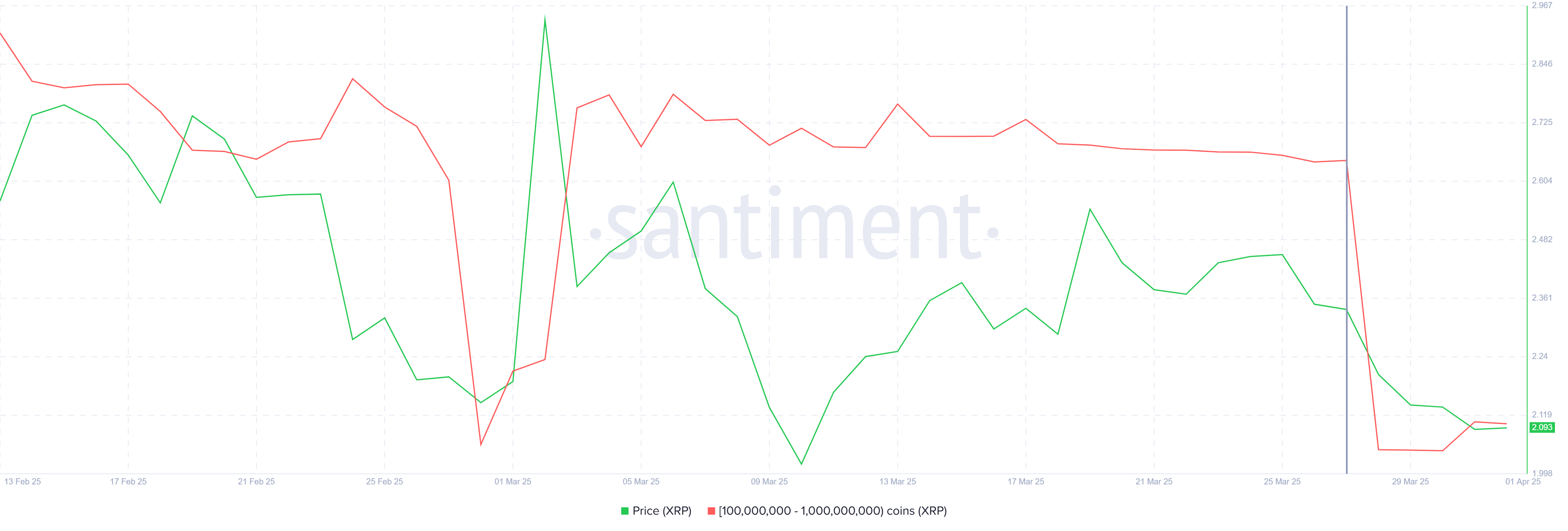
On the broader market level, XRP’s macro momentum shows signs of divergence from the whale selling. The Liveliness metric, which tracks the behavior of long-term holders (LTHs), is currently declining.
A falling Liveliness typically signals that LTHs are accumulating more of the asset at lower prices rather than selling. This drop to a three-month low suggests that long-term holders are sticking to their conviction and accumulating XRP, even as whale selling intensifies.
The steady accumulation of LTHs might help cushion the bearish effects created by the whales. This behavior can counteract the selling pressure, potentially offering stability to XRP’s price and supporting a recovery if market conditions improve.
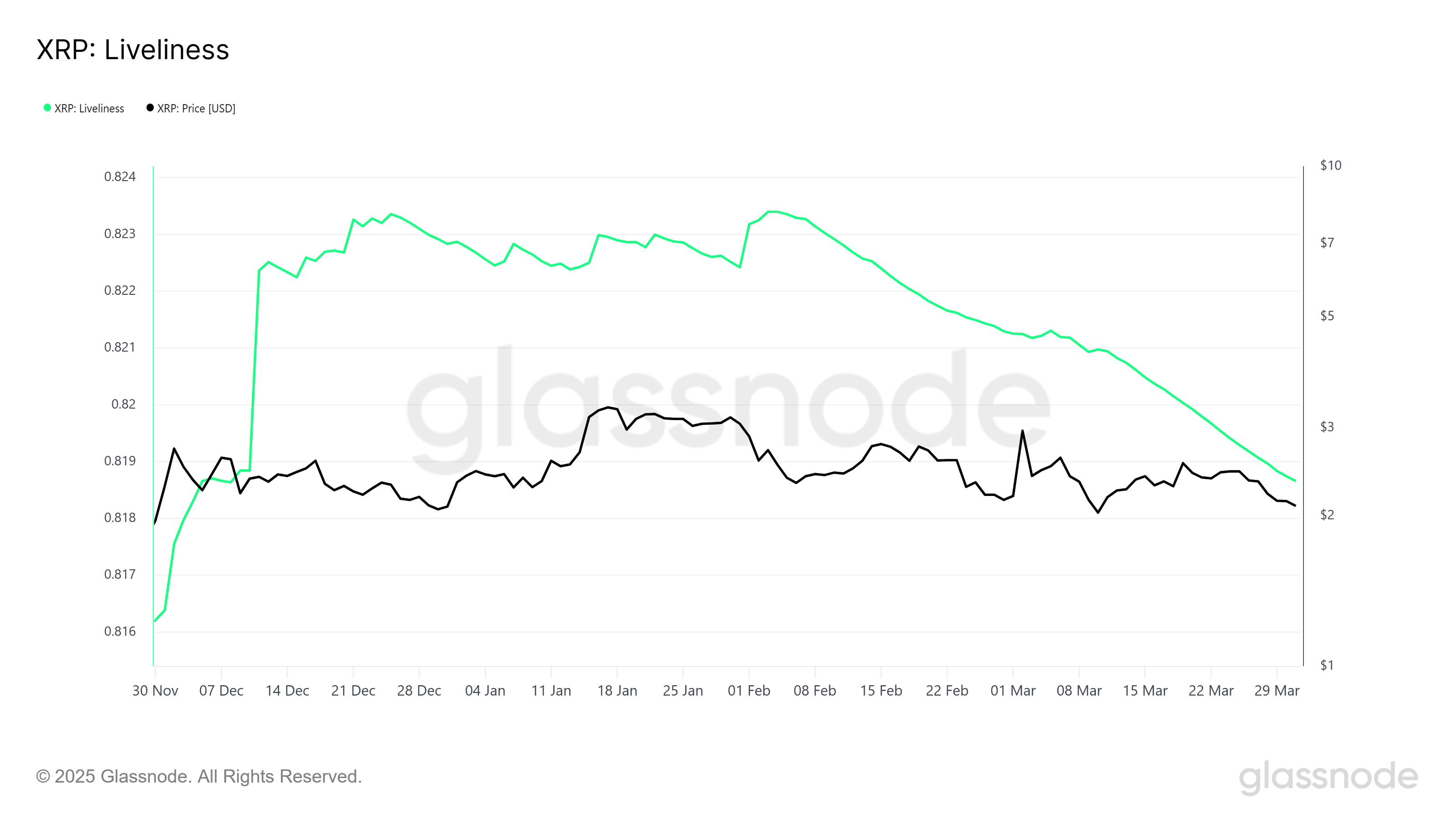
XRP Price Needs To Find Direction
XRP’s price has fallen by 14.5% this week, bringing it to $2.09, which is dangerously close to losing the critical $2.02 support level. The ongoing bearish momentum has created mixed signals in the market, which are likely to keep the price stuck in a narrow range for the time being.
If XRP can bounce back from the $2.02 support, it could recover some of the recent losses. However, the altcoin may remain consolidated below the $2.27 resistance level unless more positive news or market conditions arise to push it higher.

If XRP breaks through the $2.27 barrier or falls below $2.02, it could invalidate the current consolidation outlook. A successful breach of $2.27 could pave the way for a price recovery, with $2.56 being the next significant target.
Disclaimer
In line with the Trust Project guidelines, this price analysis article is for informational purposes only and should not be considered financial or investment advice. BeInCrypto is committed to accurate, unbiased reporting, but market conditions are subject to change without notice. Always conduct your own research and consult with a professional before making any financial decisions. Please note that our Terms and Conditions, Privacy Policy, and Disclaimers have been updated.
-

 Market24 hours ago
Market24 hours agoTop Crypto Airdrops to Watch in the First Week of April
-
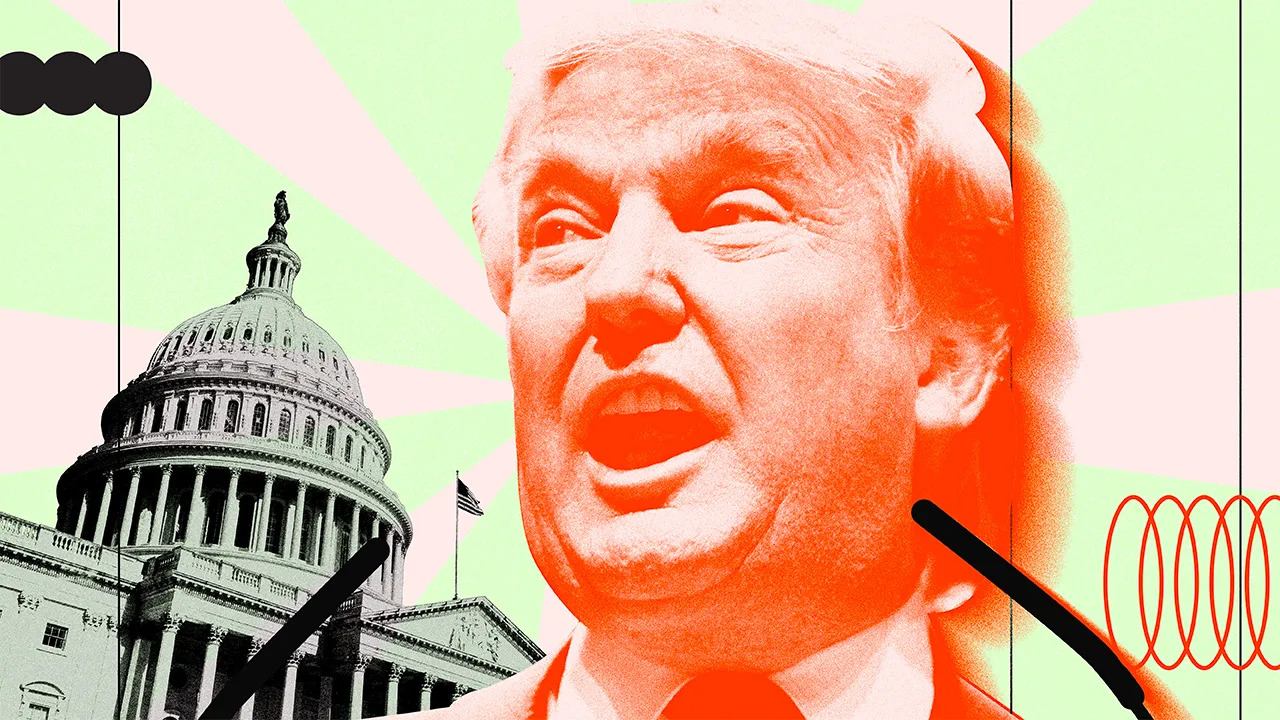
 Market19 hours ago
Market19 hours agoTrump Family Gets Most WLFI Revenue, Causing Corruption Fears
-

 Ethereum18 hours ago
Ethereum18 hours agoEthereum’s Price Dips, But Investors Seize The Opportunity To Stack Up More ETH
-

 Market23 hours ago
Market23 hours ago3 Altcoins to Watch in the First Week of April 2025
-
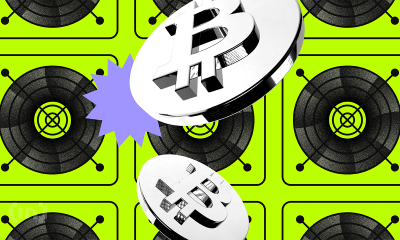
 Market22 hours ago
Market22 hours agoBitcoin Mining Faces Tariff Challenges as Hashrate Hits New ATH
-
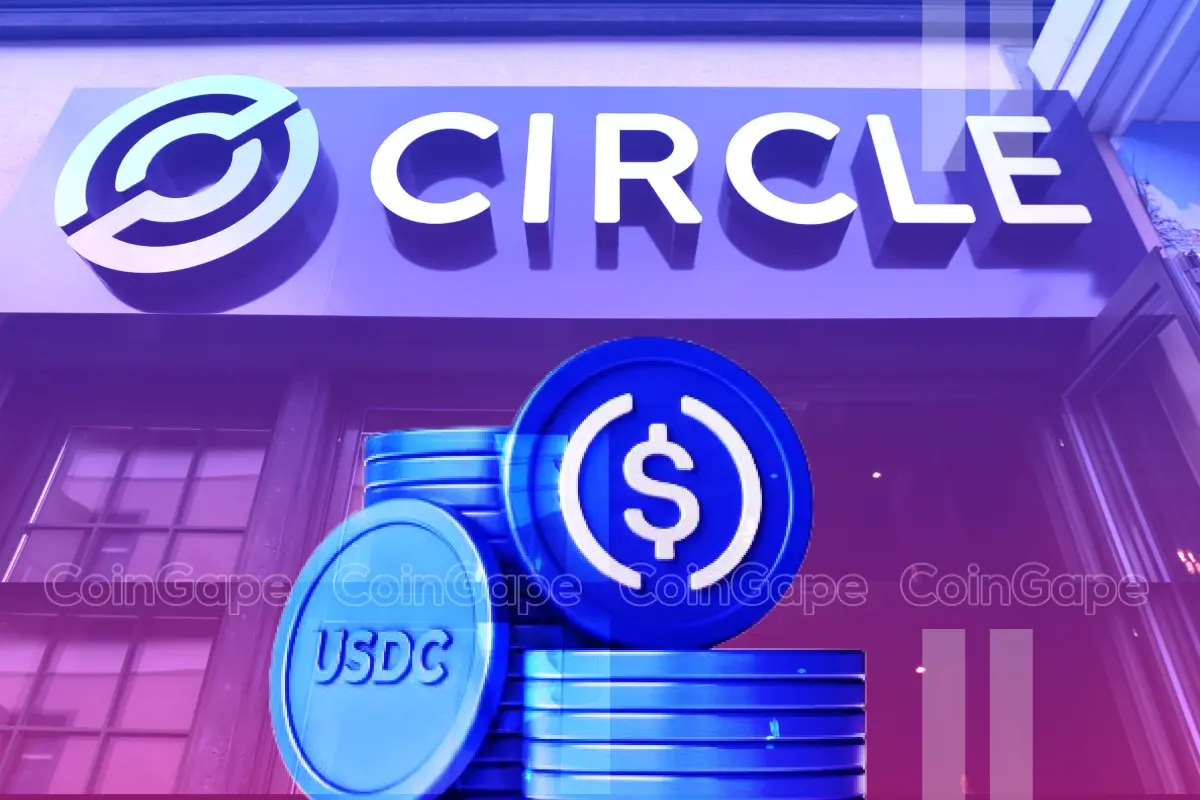
 Regulation22 hours ago
Regulation22 hours agoUSDC Issuer Circle Set To File IPO In April, Here’s All
-
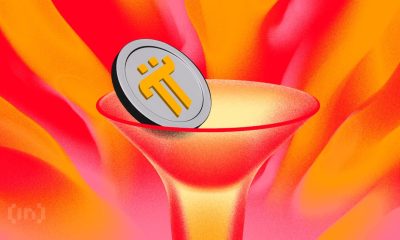
 Market21 hours ago
Market21 hours agoPi Network Struggles, On Track for New All-Time Low
-

 Bitcoin20 hours ago
Bitcoin20 hours agoStrategy Adds 22,048 BTC for Nearly $2 Billion








